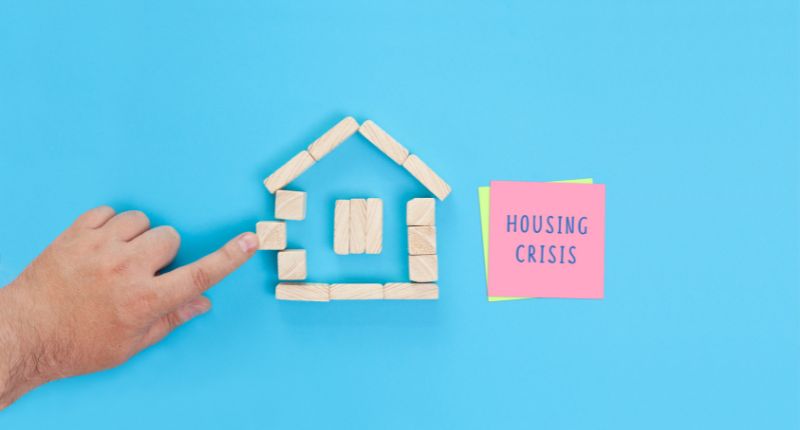- Governments have previously relied on cash grants to address housing affordability
- These cash injections typically do not have long term positive impacts
- Experts argue for adequate regulation to address market shortfalls
RMIT Senior Lecturer in Economics, Dr Peyman Khezr, has expressed concerns over addressing housing affordability with only grants.
Grants and subsidies have shifted the needle on demand, but Khezr noted that supply could not keep pace, leading to the unintended consequence of driving house prices up.
What is HomeBuilder
The HomeBuilder program was an initiative by the Australian Government to encourage home purchases and renovations and support the construction industry during the COVID-19 pandemic.
Owner-occupiers that were eligible for the program were awarded a $25,000 grant that went towards the cost of substantially renovating an existing home or building a new home for building contracts signed between 4 June 2020 and 31 December 2020, where the renovation or construction commenced within three months of the contract date.
As of 24 February 2023, $2.52 billion in grant payments have been made to more than 137,000 Australians under the HomeBuilder Scheme.
HomeBuilder Data

Unintended Consequences
At first blush, HomeBuilder may seem successful, generating substantial economic activity in the residential construction market while housing many Australians. The program was estimated to have contributed to $18 billion in new home construction, and Master Builders Australia claimed that the scheme contributed around $50 billion to the Australian economy.
However, Dr Khezr contends that the HomeBuilder subsidy’s effects were merely short-term, creating market disruptions in the long run. The RMIT lecturer explains that HomeBuilder only addresses one side of a two-folded issue: demand while neglecting supply.
“Grants, like HomeBuilder, shift the demand by enhancing affordability for potential homeowners. However, the supply cannot respond rapidly enough in the short term to cater to this surge in demand,” Khezr says.
“Consequently, the price mechanism reacts to the excess demand by inflating the cost of home construction. This increase eventually diminishes affordability to a level where supply can meet demand.”
“Put simply, grants rapidly stimulate demand while supply struggles to keep pace, ultimately leading to a rise in prices.”
Khezr opines that cash injections will inevitably inflate housing prices, exacerbating Australia’s housing affordability predicament. Indeed, recent research on the effects of COVID-19 government assistance on First Home Buyers in New South Wales reported findings that echoed Khezr’s sentiment.
While there was a short-term increase in FHB participation at the start of COVID-19, the ensuing surge in demand drove up housing prices, mainly benefitting existing homeowners while ultimately pricing out FHBs.
An alternative to cash infusions
Khezr believes that, instead of relying on cash injections, the government should focus on inefficiencies in the housing market and address these problems through regulation.
“For instance, speculation in the housing market is a significant problem that worsens housing affordability and exacerbates inequality,” Khezr says.
“Adequate regulation could reduce or eliminate speculative demand for homes, allowing first-time home buyers to compete more fairly in the market.”
“Regulations promoting consumer protection would improve fairness in the housing market and benefit home buyers in the long term.”








